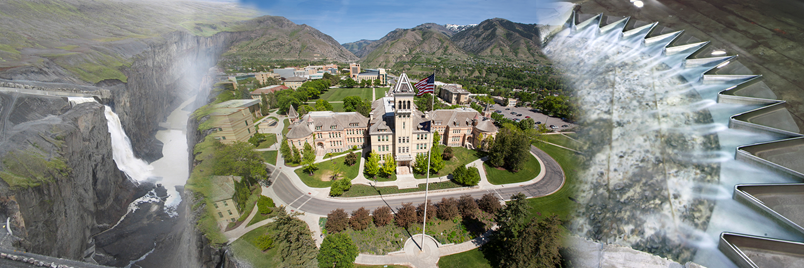Location
Denver, CO
Start Date
6-25-2019 12:00 AM
End Date
6-27-2019 12:00 AM
Description
The combined impacts of hydroclimatic change and land development are widely expected to increase the frequency and magnitude of flooding in the northeast United States, with potential implications to floodplain infrastructure and mapping, hydraulic structures, land management, and flood losses. Additionally, shifting flow regimes pose a challenge for engineers and regulators of stormwater management, dams, and levees because design storms are commonly based on historical data, with the stationarity assumption that the future flow regime will mimic the past. Here, we examine selected long-term (40 to 114 years of data) streamflow records from watersheds of varying size in the upper Delaware River basin to assess changes in streamflow regimes. A structural breakpoint analysis of the streamflow records indicated a break in time-series around the year 2000. Hypothesis testing comparing pre- and post-2000 streamflow metrics (annual peak, median, and 7-day low flows) confirmed a statistically significant shift around the year 2000. For example, median flows across the two time periods were statistically different with over 90% confidence for 14 of 28 gauges considered.
Included in
Streamflow Regime Change in the Delaware River Basin
Denver, CO
The combined impacts of hydroclimatic change and land development are widely expected to increase the frequency and magnitude of flooding in the northeast United States, with potential implications to floodplain infrastructure and mapping, hydraulic structures, land management, and flood losses. Additionally, shifting flow regimes pose a challenge for engineers and regulators of stormwater management, dams, and levees because design storms are commonly based on historical data, with the stationarity assumption that the future flow regime will mimic the past. Here, we examine selected long-term (40 to 114 years of data) streamflow records from watersheds of varying size in the upper Delaware River basin to assess changes in streamflow regimes. A structural breakpoint analysis of the streamflow records indicated a break in time-series around the year 2000. Hypothesis testing comparing pre- and post-2000 streamflow metrics (annual peak, median, and 7-day low flows) confirmed a statistically significant shift around the year 2000. For example, median flows across the two time periods were statistically different with over 90% confidence for 14 of 28 gauges considered.


